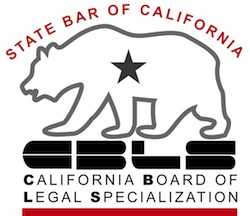Three strikes and you’re out. Anyone familiar with baseball knows that one. The rules are different in bankruptcy. Two strikes and you’re out. And for one couple, they’re not only out of bankruptcy, they’re out of their house. Foreclosed the day after they filed bankruptcy number three. Because, what they didn’t know is that there […]
Bankruptcy No Place For DIY
The do- it- yourself spirit seems especially strong in bankruptcy courts these days. Only it often comes with a big price tag. Nearly 45% of the Central District CA Chapter 7 cases were filed by individuals doing it themselves. The national rules committee drafted the new bankruptcy forms with the unrepresented in mind. Why do people […]


